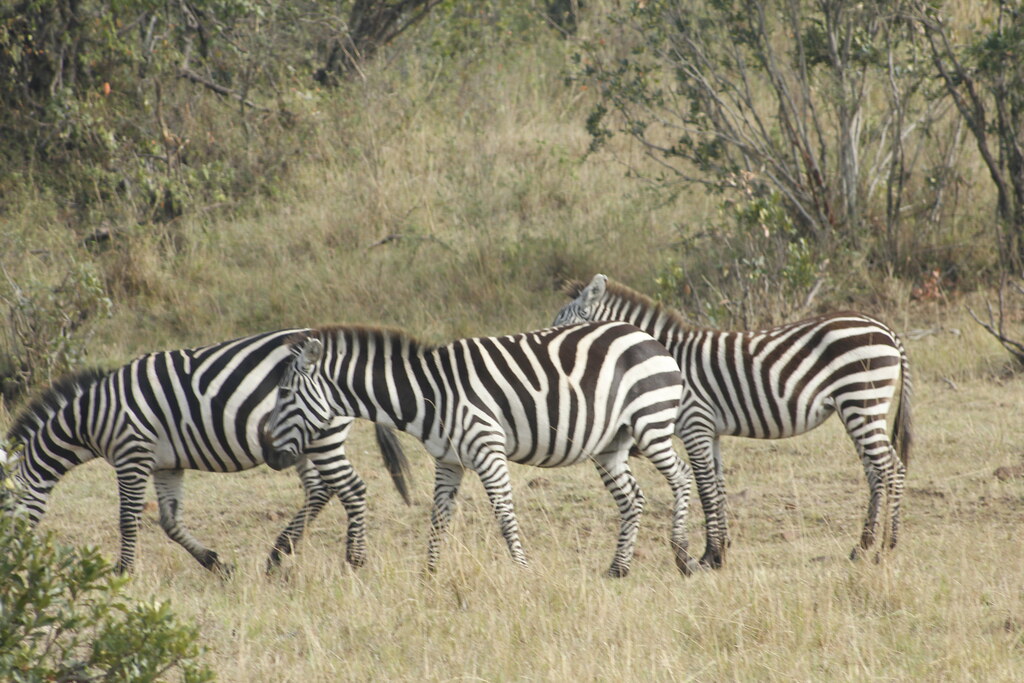Which is the Best Time to Visit the Masai Mara?
The Masai Mara is a landscape of endless grasslands, acacia-dotted plains and golden light that seems to settle softly over everything it touches. It is a place where lion prides stretch in the sun, where elephants wander slowly along riverbanks, and where great herds of wildebeest move in rhythms that have shaped the land for thousands of years. Because the Mara changes with the seasons, the experience you have depends greatly on the time of year you choose to travel. While the reserve is beautiful and rewarding throughout the year, there is a particular period when the landscape becomes truly extraordinary.
Understanding the Rhythm of the Masai Mara
The Masai Mara follows the natural pulse of East Africa’s rainfall patterns. There are drier months when the grass is shorter and animals are easily seen, and there are wetter months when the plains turn richly green and full of new life. The Mara is never empty, never still, and never dull, but its character shifts. These changes are gentle and cyclical, tied not to the calendar alone but to the breath of the land itself. The movement of wildlife follows water, grass, wind and instinct, and this is what shapes the best time to experience it.
The Peak of the Great Migration
The most iconic time to visit the Masai Mara is during the Great Migration, when millions of wildebeest, zebras and gazelles cross into Kenya from the Serengeti. This movement reaches the Mara between July and October, when the herds gather around the Mara River. These months offer one of the most dramatic wildlife scenes on the planet, when animals mass at riverbanks and make daring crossings while crocodiles wait in the currents below. The air fills with the thunder of hooves, the dust of motion and the deep tension of survival. It is a spectacle unlike any other, powerful and unforgettable.
During this time, the weather is dry, the skies are clear and wildlife congregates in high densities across the plains. For travelers seeking the full intensity of East Africa’s wild beauty, this season is unmatched. The lodges are lively, the bush vibrates with activity and every sunrise seems to promise something extraordinary.
The Quiet Beauty of the Green Season
Outside of the migration months, the Mara softens into a more intimate and peaceful experience. From November to March, the rains bring fresh grass, wildflowers and new birth. Young animals appear across the plains—wobbly-legged antelope, playful lion cubs and herds that grow day by day. The landscape turns lush and deeply green, a contrast to the golden dryness of peak migration season. The pace feels gentler, the atmosphere quieter and the sightings more private. This season is especially rewarding for photographers and travelers who prefer quiet moments in nature rather than dramatic spectacles.
The Sweet Balance of June
June holds a special place between seasons. The rains have ended, the grass begins to shorten and the skies clear. Wildlife is abundant and the landscapes look fresh and restored. The migration is approaching but has not yet reached its peak, which brings a sense of anticipation and calm. June is a time when the Mara feels spacious, elegant and full of promise, offering a beautifully balanced safari experience.
Conclusion
The best time to visit the Masai Mara depends on the kind of experience you seek. For the Great Migration, dramatic river crossings and dense wildlife activity, July to October is the most powerful and celebrated season. For quieter landscapes, softer light, newborn animals and a slower pace, the months following the rains hold a quieter, more intimate magic. No matter when you go, the Masai Mara has a way of making the world feel vast and alive, reminding you that nature is not just seen, but felt.





